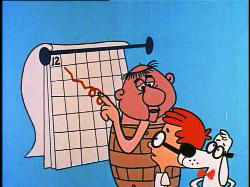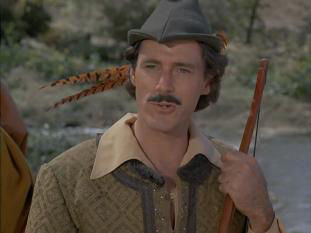
Introduction
Acclaimed science fiction author Harlan Ellison included Robin Hood in a list of five fictional characters known by "every man, woman and child on the planet." (The others being Mickey Mouse, Sherlock Holmes, Tarzan and - the point of that article - Superman.)
Because Robin is such an instantly recognizable semi-historical figure, it's not surprising that time travellers in comic books, novels, films and television have made Sherwood Forest a destination of choice. For stories set in another time, the presence of Robin Hood feels reassuringly familiar and offers the promise of adventure as well as education. This special spotlight looks at four such Robin Hood-themed television episodes.
As Robin appears in only a supporting role in these shows, a narrative short-hand is needed. The idiosyncratic variations of full-length Robin Hood stories are eliminated and an iconic version of the character is presented. The most familiar tropes are used and in the case of parodies, subverted. So, looking at these shows gives us insight into what late 20th century audiences expected to find in a Robin Hood story. But also, this article looks at what we don't find. After all, it is curious that audiences would find an outlaw reassuring.

















Contact Us